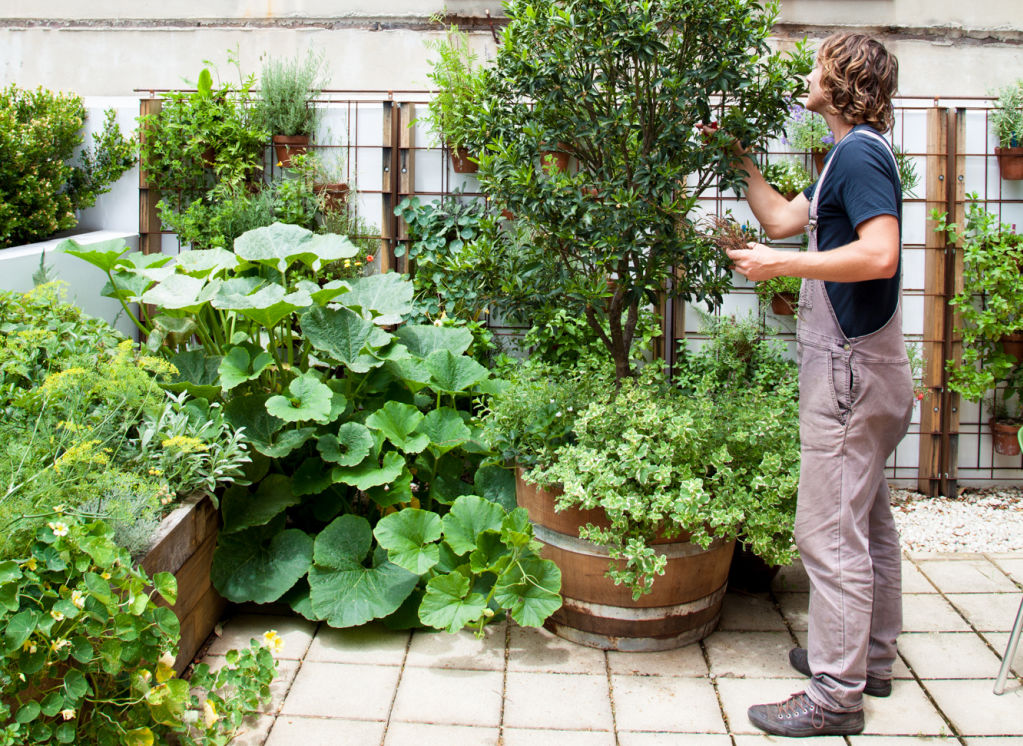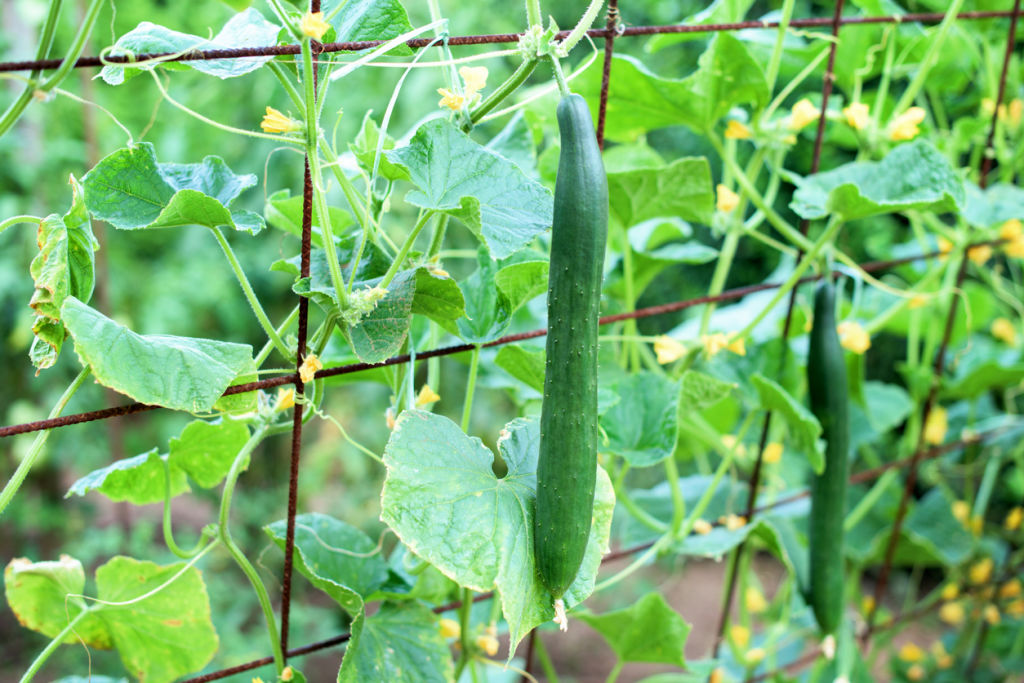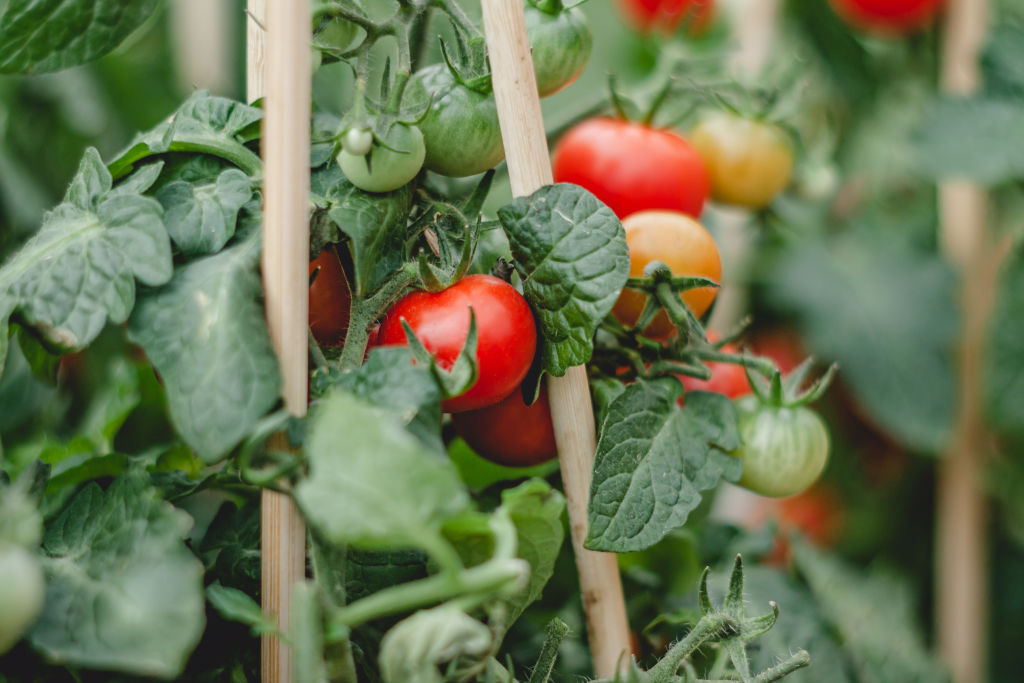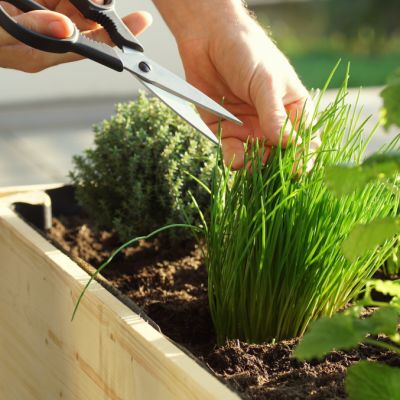Guide to planting climbing plants and how to successfully grow climbers in your garden

The benefit of climbing plants is that you can utilise unused spaces such as walls or fences and pergolas to expand your edible garden bounty. If you’re a gardener who’s got the taste for beans, cucumbers, tomatoes, mini pumpkins, passion fruit, watermelon or rockmelon, read on – growing them might just be easier than you’d imagine.
Here’s how to make the most of small spaces with climbers and other edible vines this summer.
Which climbers should I plant in my garden?
When selecting which vines to grow, consider if your climate will support their growth: are you living in a subtropical, temperate or cool climate zone? Are you after flowering climbers or fruits and vegetables?
Climbing peas, cucumbers, passionfruit, kiwi fruit, and tomatoes make great additions to your edible garden.
Climbers like wisteria, jasmine, climbing roses, ivy and clematis can also offer beautiful flowers and lush foliage alongside your edible vines.
Aim to plant your seeds at the start of the growing season (either early spring or autumn) but don’t fret, as there are a bunch of varieties that can be planted in summer, too. Nurseries often stock a range of climbers suited to your local conditions, so pay them a visit for advice.

Should I plant climbers in pots or in the ground?
Climbers do better in the ground than in pots, but if you’re limited to pots, just use the biggest pot possible to give their roots sufficient room. Young plants thrive when able to grow deep roots and subsequently won’t dry out in the summer heat as much. I find that vines, with the exception of tomatoes, have large seeds and are better grown from seed as opposed to seedlings.
Get the best use out of the summer sun
Garden beds and pots should be positioned to enjoy a full six hours (or more) of sun and be filled with organic matter including quality compost, potting mix, manure and organic plant food. And don’t forget to have some seaweed extract and a liquid plant food handy for fortnightly top-ups to keep them healthy.
As climbers grow, their stems will require gentle guidance to ensure they trail up the desired support. This is crucial for preventing tangling and encouraging upward growth.

Ripening times vary from plant to plant and depend on when they were planted. Each seed packet should indicate a very general planting season, but I find the best way to learn is by visiting a local community garden or neighbouring garden to see what’s growing in your region already.
You’ll also find that ripening times and success will vary year to year. For instance, this summer hasn’t been as hot as normal, so our tomatoes have been unusually slow.
Gardening tips: use trellis and stakes to support your climbing plants and prune regularly
Trellis, stakes and twine will get your beloved vines up into the light for quick ripening and fresh air flow (both crucial factors for thriving produce). For larger perennial vines like passionfruit or grape, wire or a pergola will ensure stronger support and may also provide a shady seating area.
You can make freestanding bean teepees, use tomato trellises or fix wire to walls for a more permanent solution. Any north-facing walls will soak up the sun and heat through the seasons. For woody climbers like wisteria, monitor the growth of the trunk to ensure it doesn’t damage the support structure over time.
Remember to prune your climbers regularly to encourage growth and prevent overcrowding.
Harvest your bounty as needed or at the end of the growing season. Then refresh your pots or garden beds with compost and fertiliser in preparation for your cool-season crop planting in autumn.
Additionally, consider planting climbers near pergolas or archways to create a natural shelter from the full sun, adding both beauty and function to your garden space.
We recommend
We thought you might like
States
Capital Cities
Capital Cities - Rentals
Popular Areas
Allhomes
More










